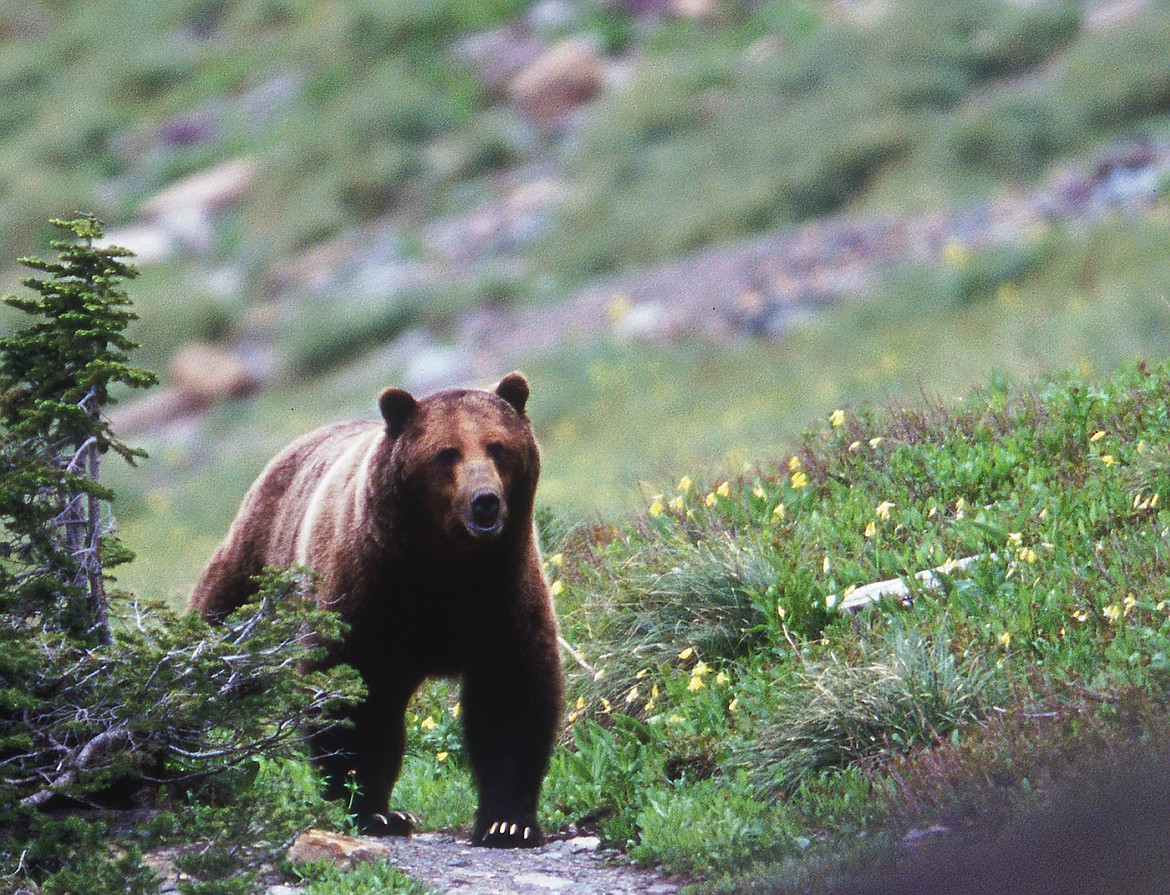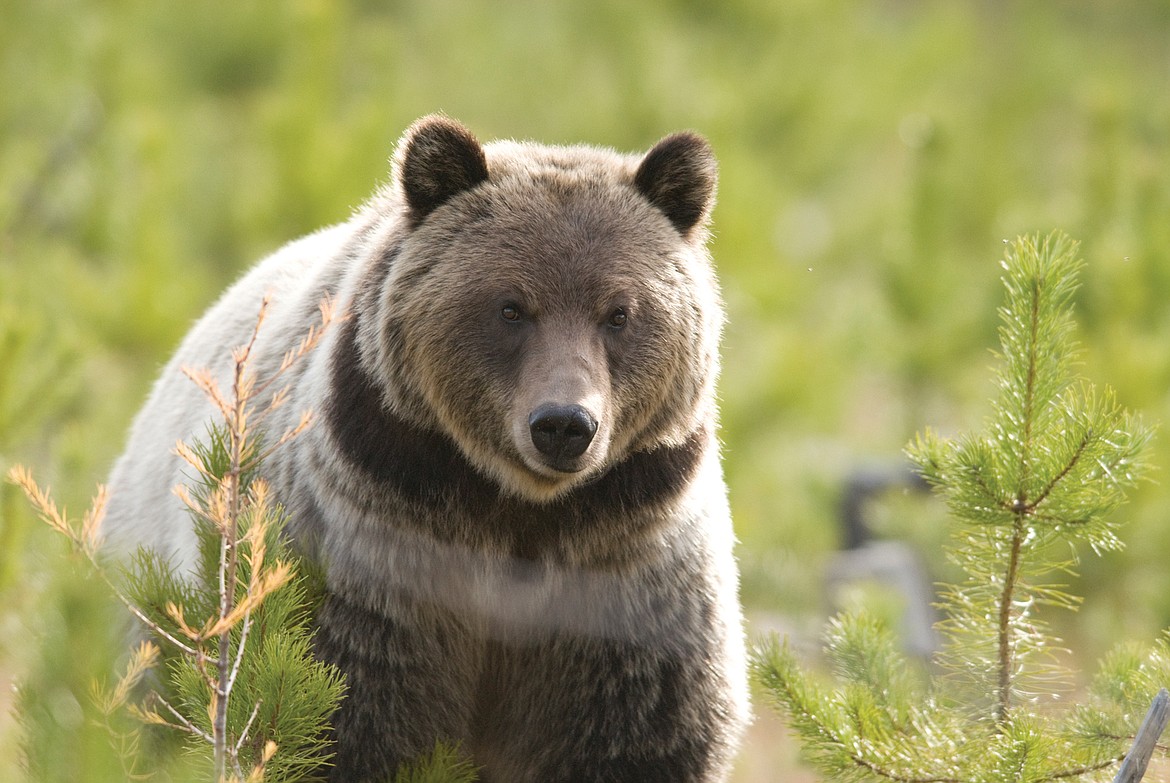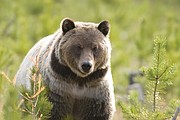Learning to live with grizzlies
Robyn King wanted to know what grizzly bear expert Chris Servheen thought about hiking trails that travel through core habitat for the threatened species, especially when the trail passes through a small population of grizzlies in the Cabinet-Yaak Ecosystem.
King, a member of the Governor’s Grizzly Bear Advisory Council, also serves as executive director of the Yaak Valley Forest Council. The Yaak council wants to relocate the Pacific Northwest Trail so that it no longer passes through core grizzly habitat in the Yaak Valley.
Servheen is a wildlife biologist who worked for years for the U.S. Fish and Wildlife Service as its grizzly bear recovery coordinator.
He responded that he did not think hiking in core grizzly habitat is necessarily a problem as long as hikers know how to do the right things and avoid doing the wrong things.
“Do it carefully. Do it with knowledge about how to be safe,” Servheen said.
He acknowledged that hiking activity might displace grizzlies but not for a great distance or a prolonged period.
And Servheen said relocating a trail could simply direct hikers “to another important place for bears.”
He spoke Feb. 26 during a two-day meeting in Libby of the Governor’s Grizzly Bear Advisory Council.
Servheen told the council that recreation in grizzly habitat can be conflict-free if recreationists heed the advice of bear experts.
“In general, people can safely recreate in grizzly habitat as long as they know what they’re doing,” he said.
People must make noise to alert bears of their approach, he said. Servheen said he claps his hands to communicate his presence.
With proper notice, he said, “99.9 percent of the time, if a bear hears you coming it will get out of the way.”
Recreationists should be alert and look for bear sign, Servheen said.
People should carry bear spray, he said, and keep a clean camp – hanging food at the correct height and distance from camp.
And, he said, if you encounter a grizzly, “Do not run.”
Servheen was chairman of a board of review that examined the circumstances after a grizzly bear killed mountain biker Brad Treat in June 2016 in the Flathead National Forest near West Glacier.
The board of review concluded, “The incident appears to be a surprise encounter with a grizzly bear due to the high speed and the lack of noise of bike travel, combined with a blind curve on a trail.”
The board of review attributed the increased hazards associated with mountain biking in bear habitat to the tendency for the activity to be comparatively quiet and for bikers to travel at a higher speed than hikers. In addition, the board observed that mountain bikers tend to focus on the trail close to the bike “instead of looking ahead for bears, especially on single-track trails.”
Servheen told the governor’s council last week that mountain bikers, like hikers, must make noise and carry bear spray in bear habitat. In addition, he said, they should slow down, be vigilant and not ride alone, after dark or at dusk or dawn.
As for trail running, he said, “There is no safe way to run in grizzly bear habitat.”
Servheen said people tell him that they’ve run for years in grizzly habitat and never had a problem.
“Doing something for a long time without a problem is not a predictor of future success,” he said.



